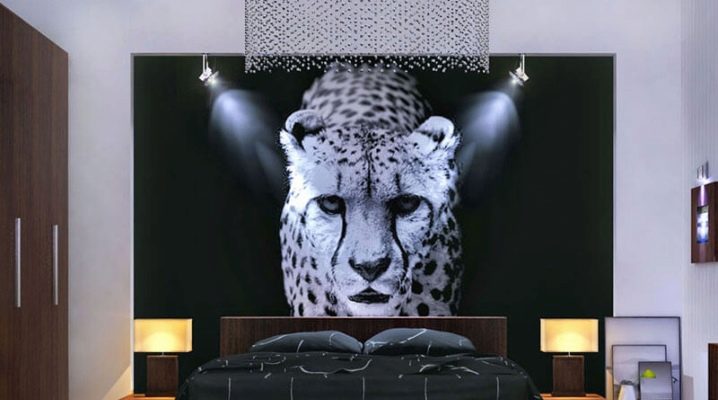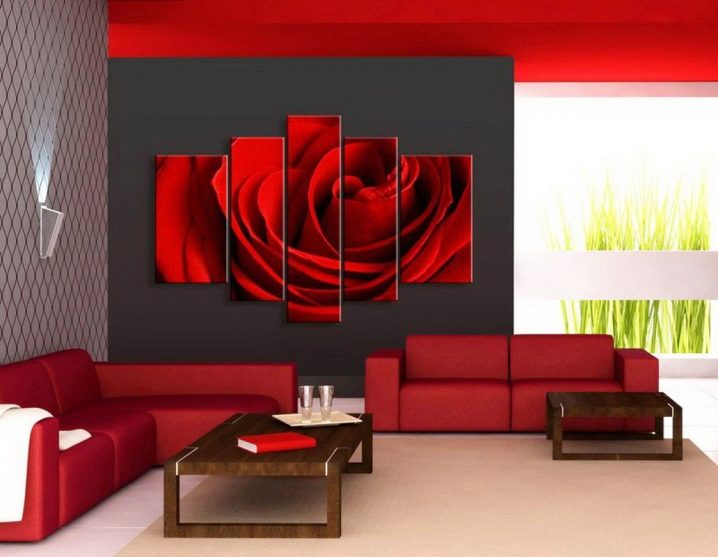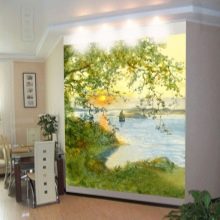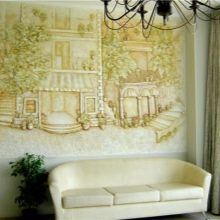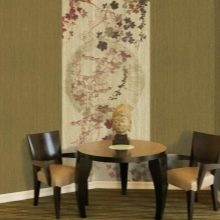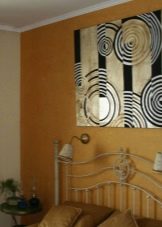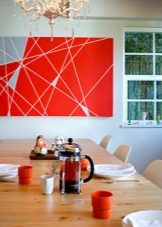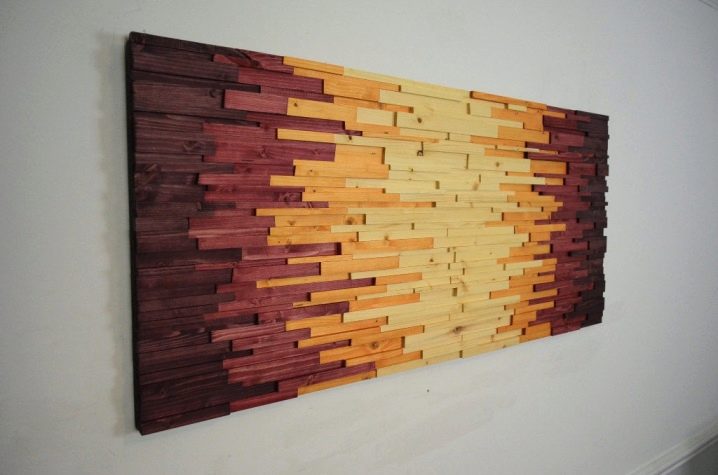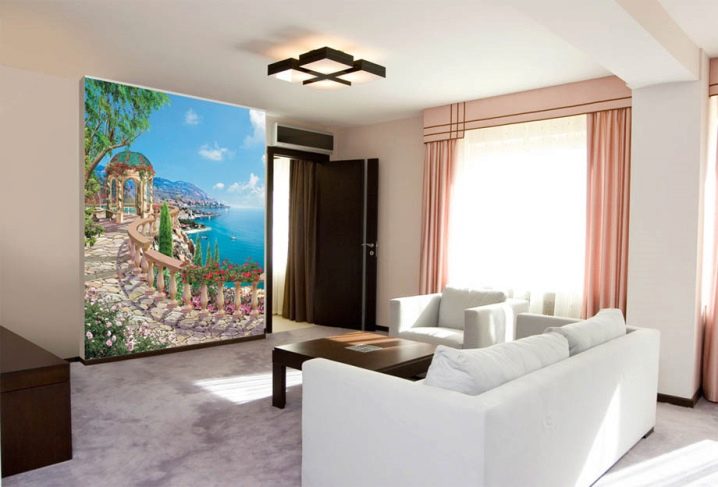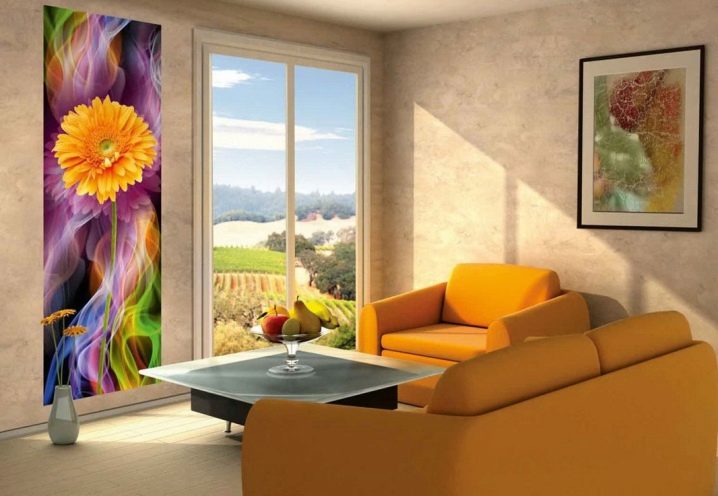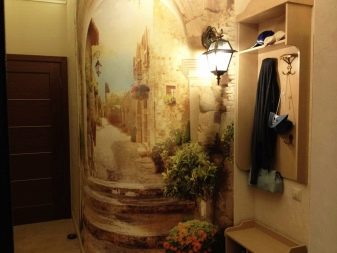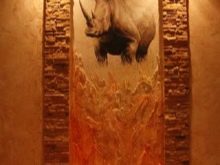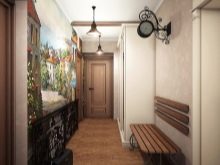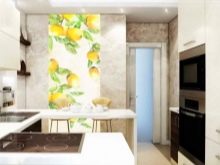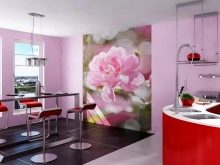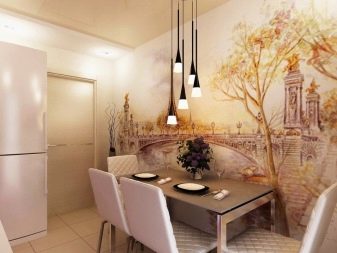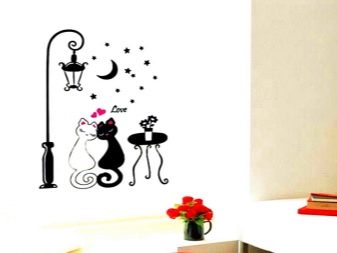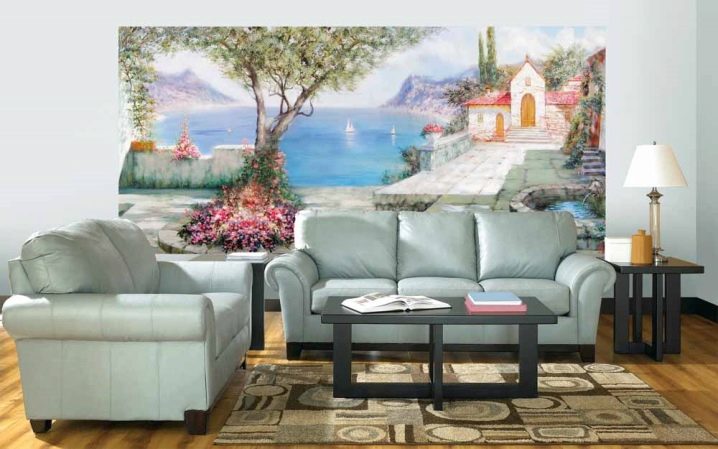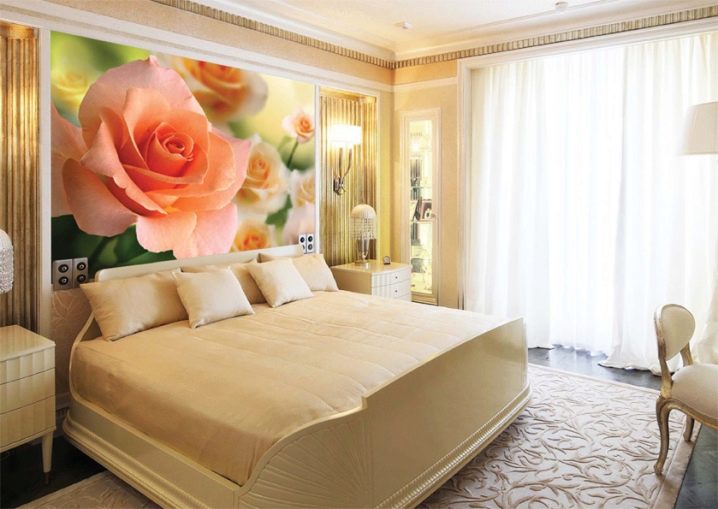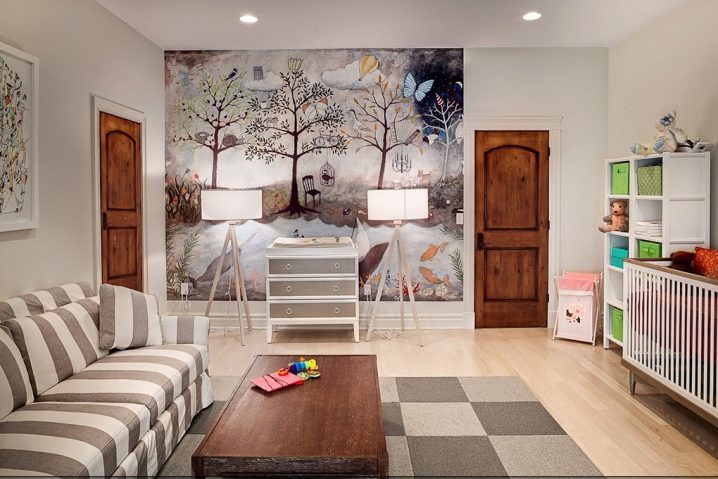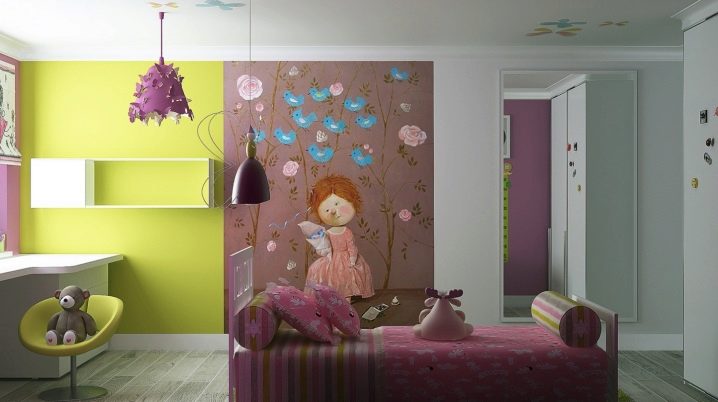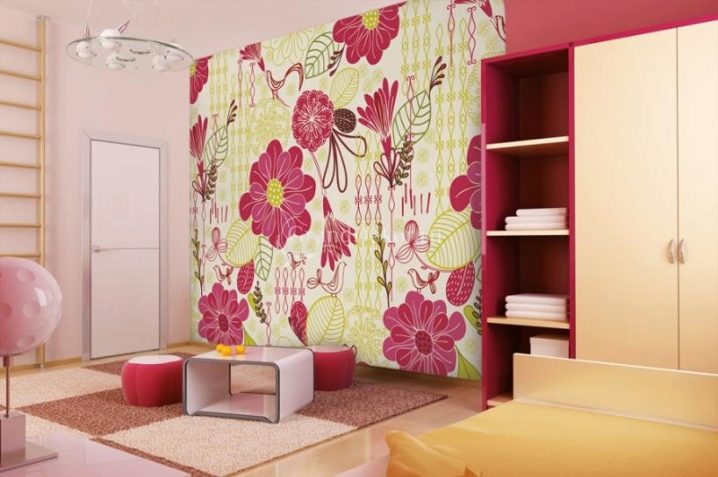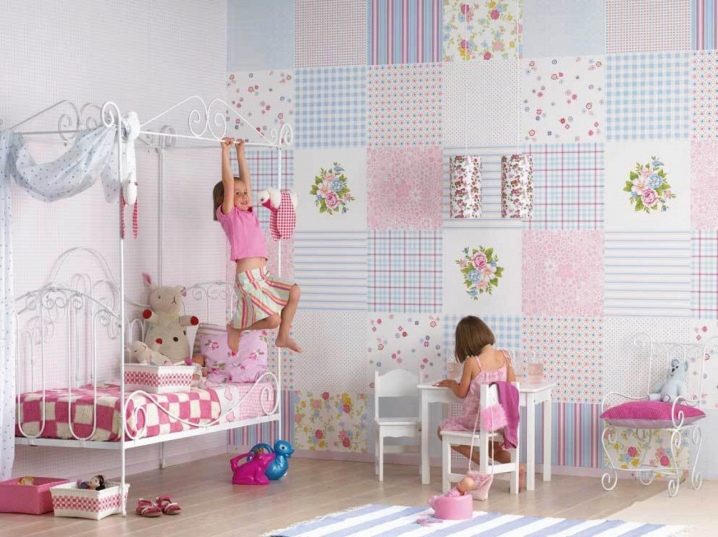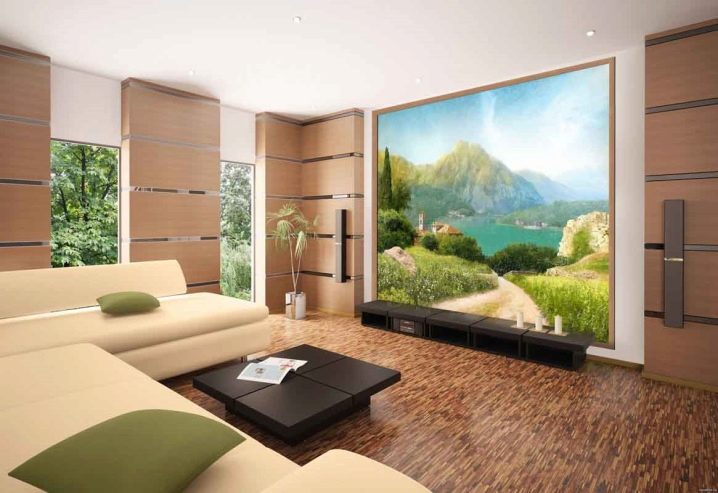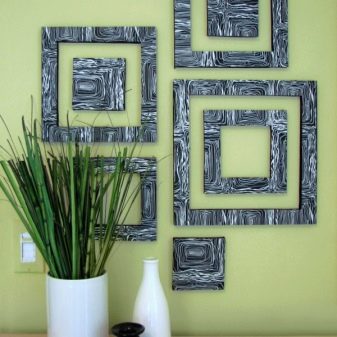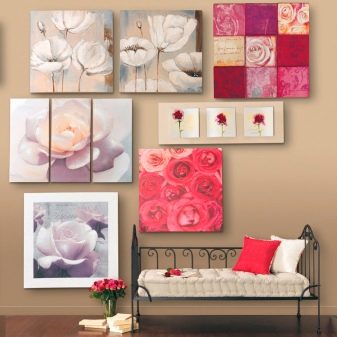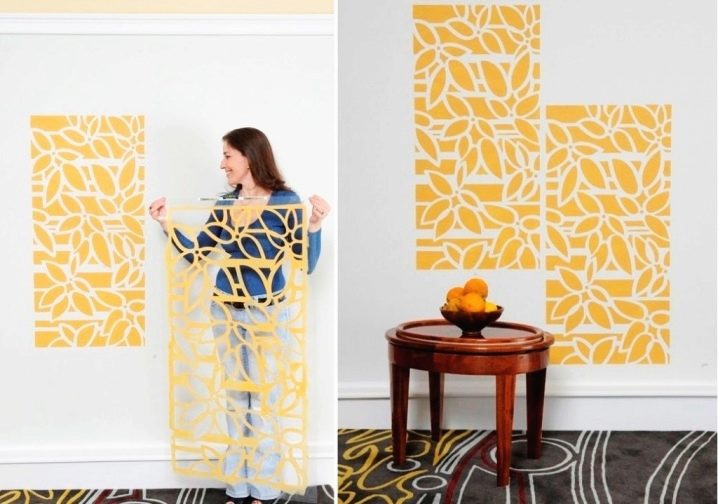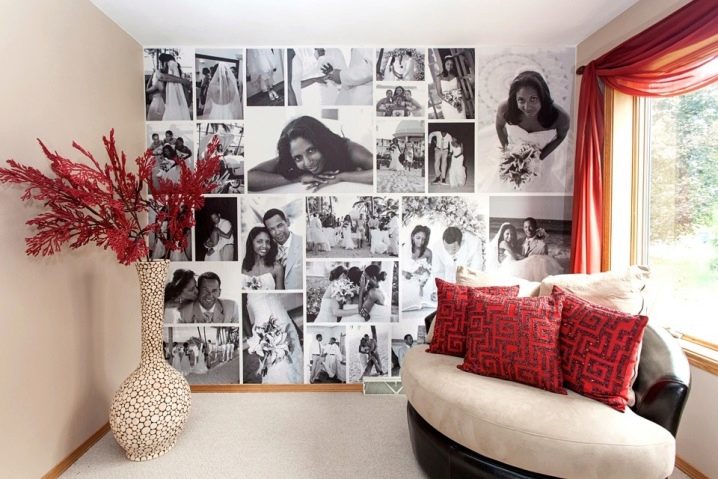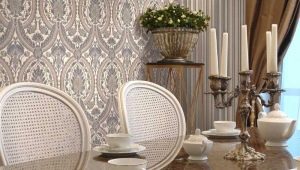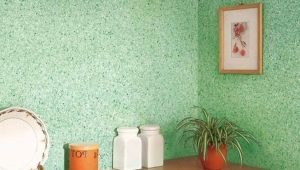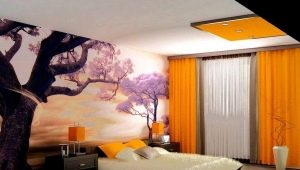How to choose a wall panel from wallpaper?
If the repair is successfully completed, and after it there are large pieces and smaller trimmed wallpaper, do not rush to throw them away. From this material, you can create an excellent decorative element for the design of any room in your house - a panel.
What is a panel?
The panel is the framed decorated space on a wall which is allocated on the general background. Universal (and in the case of wallpaper is very budget), but at the same time fashionable and popular design element. If you are a creative person, then you will succeed. You can create an unusual mural from the wallpaper yourself.
You can buy ready-made panels:
- Italian;
- vinyl;
- photopanel
Please note that the panel - this is not a picture, and it may not be a kind of meaningful realistic image. Although fragments of photo wallpaper and drawings, cut from wallpaper, may well be a successful element of your creation.
You can have unlimited space for fantasy:
- abstract and geometric shapes;
- ornaments;
- spots;
- collage effects using photos, stained glass, mosaic.
You can think of anything that pleases your eye. You can create a panel that is better words will tell guests about the hobby of the owners. A panel can be composite - in fact, it is somewhat small, making up a single composition. One image looks interesting, “disassembled” into several parts.
It is not necessary to stick the panel directly to the wall, you can use the basis of anything for it - unnecessary pieces of chipboard, plywood, boards left over from the dismantled old furniture (although this will require fasteners to the wall on the brackets). Culinary analogue of the panel - pizza, which can be made from the remnants of everything that is in the refrigerator.
In addition to a purely aesthetic, the panel can perform other functions: under it you can hide a surface defect or (if the panel is on a solid base and removable, and not pasted directly on the wallpaper) hide the safe door, the secret compartment, the inside of the niche.
How to place?
It is clear that there is no suitable option for absolutely all rooms - you need to consider:
- specificity, that is, the purpose of the room;
- existing design;
- the illumination of the part of your house that will house the new part of the decor.
The basic design - the existing wall covering, whether it be wallpaper, plaster, paint - must be in harmony with the panel. Therefore, we create a panel or in tone, or, on the contrary, in contrast, to highlight a bright color spot. The taste will certainly tell you that where it fits, and you probably will not paste on the wallpaper with a large expressive pattern of flowers panels with the same hefty fruits of a different shade - this will no longer be a wall, but a giant gypsy skirt.
And you will not think of sticking an acid-pink to a sunny yellow or creating some equally insane combination. Every day looking at this is simply dangerous for mental health.
Light also plays an important role in how innovation will look. The panel should not be placed where it simply will not be noticeable. Based on these same considerations, it is usually created in the center of the empty wall, so that it is certainly not lost to look. In a darkened room, you can very beautifully beat the panel with the help of LED lighting or identical wall-mounted lamps hung on either side.
Choosing a concept
So, every corner of the house has its own panel that fits well into the interior and gives it uniqueness, because the work of art created by your imagination exists in a single copy.
Entrance hall
This is the first room that you and your guests see when entering the house. The panel should have a harmonious, friendly look. However, if you, because of your age or the vividness of nature, like outrageous, you can place an image that “throws at people”. Something big, bright, with a surprise effect.
Kitchen
Do not get carried away with the most banal of ideas: the kitchen - the kitchen theme. It's just boring. Vegetables with fruits and pans with cups you can see there every day so naturally - why are they also on the wall?
In small kitchens, landscapes look good - they visually expand the space (they can either be cut out from wallpaper, or put together by themselves, creating a mosaic or application from multi-colored wallpaper strips). Funny looks in the kitchen images of pets - black silhouette of a cat on a white background in the style of Banksy graffiti, stretching his paw to the real kitchen table, a portrait of a beloved dog, created from color-matching pieces of wallpaper.After all, there are grayish and yellow-red and white wallpapers, you can choose something to match the coat color of the four-legged friend. Or vice versa, to create his portrait in expressionism style, from small pieces of unusual colors.
Images, stylized as a cafe or a nightclub look ironic and outrageous. Created precisely in contrast with the usual kitchen furnishings. Create and invent all that you like.
Living room
The image on the wall depends on the intended purpose of this room. For some, this is a “family recreation club” - then a panel of soothing shades will be appropriate to match the rest of the interior. And someone - the center of vigorous activity, the collection point of the family before important events or some kind of joint business. In this case, the panel can be cheerful and bright, contrasting.
Bedroom
In the bedroom, the panel is usually located above the bed, facing the headboard against the wall - or on the opposite wall, in this case, this is what you will contemplate before going to bed. The bedroom is a place of relaxation, relaxation before bedtime, screaming, disturbing tones are certainly irrelevant here.
Children's
Only one panel variant is inadmissible here: a defiant feeling of anxiety and fear. The child's psyche absorbs impressions like a sponge, and the child’s perception of colors is different from that of an adult. What you perceive as a calm, peaceful picture can annoy and even frighten a child, especially if he is very small. Just watch his reaction.
If the child is older the ideal option is to turn the creation of a panel into a nursery into creative work with a child. Let him decide for himself what he wants to see on the wall. It is your business to help realize the plan, however strange it may seem to you. Let the younger generation express itself through the design of the room. A child to live here, and he has the right to be pleasant just for his eyes mural.
The best solution is to create something not monumental, not final, such that it will be possible to change with time, for example, to glue it differently. Or add some elements, because the child changes much faster than an adult.
The complementary elements for the panel can be very different: here everything is possible.
Bold designers often add other textures to the flat surface of the panel - patches of fabric, leather, volumetric inserts made of wood, glass, mirrors, bones, tin and any suitable materials.You have the right to experiment, but do not forget the main thing: “overloading” with such noticeable elements looks extremely tasteless.
Preparing the base
Having decided on the dimensions, we measure the wall and put the marking on the right place where we intend to place our panel. Now we decide whether it will have a frame. Yes, you can do without it: if you have a single-colored painted or plastered wall. An arbitrary composition without any frame will look great on it.
If you decide to make a frame, choose the option:
- the simplest and budget one is from the strips of other or the same wallpapers, but it looks cheap, much more spectacularly distinguished, the relief frame;
- baguette - they are the most diverse, the most unpretentious, you can independently knock down wooden slats, paint or varnish;
- embossed molding - polyurethane are suitable for our purposes (they are put on acrylic glue and painted), polystyrene, plastic, wooden, self-adhesive;
- the rope frame is made in an original and fresh way - from a thick rope, a rope.
We place
First we fix the framing of our creative on the wall and wait until the glue dries.If the panel has a lot of separate pieces and you are afraid to mix up and plant something wrong, then number them and the places for them on the wall, respectively. Collect the whole picture on the floor on the substrate. And gently stick.
Be careful - PVA glue is famous for its durability, but too thin wallpaper can provide an unnecessary transparency effect. It is easier to use the usual wallpaper glue, but it will dry longer. If any fragments crawl out of the frame, carefully trim them with a paper cutter.
And now we look. And admire our own design talent.
How to make a panel on the wall of the wallpaper, see the following video.
